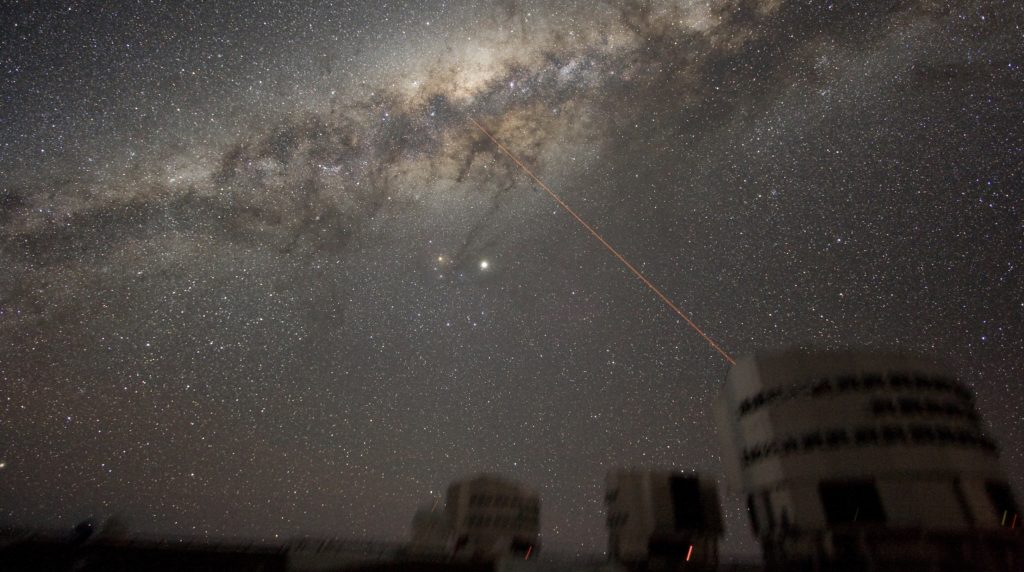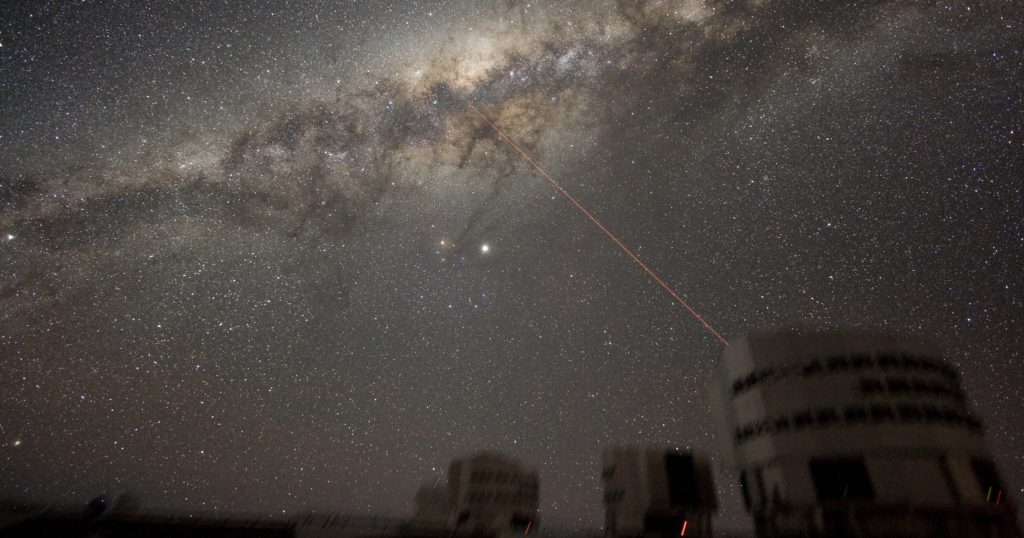 Physics, Earth & Space
Physics, Earth & Space
Reader’s Question: Planets in the Early Universe


A reader, Mike, writes to ask me about the possible formation of planets in the early universe:
Quite a long time ago, I read an argument that stated life would not likely have been able to evolve much earlier in time than the birth of our Solar System (about 9 billion years after the Big Bang). The reason given was that after the Big Bang, considerable time would have been required to synthesize and accumulate enough heavy elements in a single location to provide the ingredients for life.
This argument implies that panspermia would not be a strong candidate for explaining the origin of life on Earth. The reason is there wouldn’t be sufficient heavy elements at an earlier time for life to evolve somewhere else which could thereafter seed life on Earth.
However, I’ve also seen a few articles like this one from Space.com that indicates the element abundances required for life were around much earlier in the universe’s history than previously thought and therefore life could indeed get a much earlier start after the Big Bang.
I’m wondering what the latest research is on this topic. Is it now widely held that enough “metals” were available for life as early as, say, 1-2 billion years after the Big Bang?
Hi Mike, you say that you heard that life would not have been possible much before the Solar System formed because there weren’t enough heavy elements to form planets. You also note that studies have shown that some regions of the early universe had heavy element abundances close to the Sun’s.
This is true. Some of the early more massive galaxies were able to build up heavy elements relatively quickly, even though most galaxies only made them more slowly. The problem with the early universe is that it was a much more dangerous place. The rate of supernovae and active galactic nuclei was much higher then. In our Milky Way, heavy elements would have built up more rapidly in the inner regions of the galaxy, but it was also more dangerous there.
Interstellar panspermia is more likely now than at any time in the past, but I think it’s still overall very unlikely. These questions are active topics for research. I hope to write on them in the near future. Thanks for your question.
Photo: The Milky Way as it appears today, by ESO/Y. Beletsky / CC BY.

